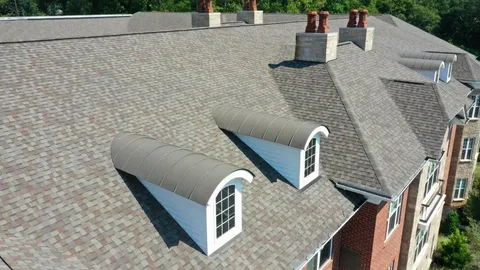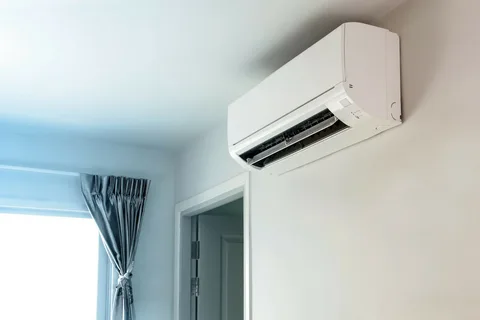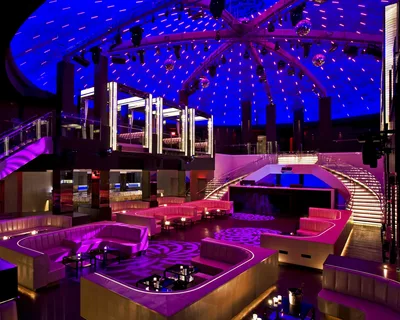Pros and Cons of Tar and Gravel Roofs: What Homeowners Should Know
Tar and gravel or built-up roofs remain popular for flat and low-slope buildings. These roofs are created by layering asphalt or hot raw material with gravel or mineral granules, resulting in a durable and affordable structure. When determining whether this option is right for their home, homeowners must understand the benefits and drawbacks.
The Benefits and Drawbacks
People cannot say tar and gravel roofs are perfect, but they also can’t say they should be avoided at all costs. Homes with low-slope or flat roofs benefit significantly from this option. The layer construction protects the building from the elements, but owners must understand that installing and maintaining this type of roof is more challenging. Review the following pros and cons of tar and gravel roofing when making this decision.
The Pros of Tar and Gravel Roofs
Built-up roofs are durable and long-lasting. The multiple layers provide the building with a strong and weather-resistant covering. Owners who properly maintain their tar and gravel roofs find they last for two or three decades, which is appreciated. The owner won’t need to replace the roof as often.
This roof protects the building from damage resulting from exposure to UV rays. It easily withstands heavy rain, snow, and wind, so owners won’t need to worry about leaks and damage as much. People living in areas with frequent harsh weather should consider this option. Furthermore, tar and gravel roofs are extremely fire-resistant. Homeowners in areas prone to wildfires find that these roofs comply with strict fire codes.
A tar and gravel roof costs less to install. The materials are cost-effective, and no specialized equipment is required for roof installation. Homeowners with tight budgets appreciate this option. They can protect their assets without spending a fortune.
The Drawbacks of Tar and Gravel Roofs
Before deciding on a tar and gravel roof, owners must understand the maintenance requirements. Debris often accumulates on the surface, and it must be removed to prevent damage. The gravel layer could shift with time, leaving the underlying layer vulnerable to UV damage. Professionals must regularly inspect the roof and address any problems that are found. These inspections and repairs could increase the roof’s cost over its lifespan.
Skilled professionals must install this roof, which is a labor-intensive process. Specialized techniques are used to apply the hot tar, and workers must take safety precautions to ensure nobody is burned. Installation takes longer, and the costs are higher. If the roof isn’t installed correctly, owners must worry about poor drainage and premature wear.
The building must be able to withstand the weight of a tar and gravel roof, as multiple layers are typically used when constructing this type of roof. Many buildings require structural reinforcements before the roof can be installed, adding to the project cost. Furthermore, the project becomes more complex when these reinforcements are needed.
People often express concern about the production process and potential off-gassing seen with tar and gravel roofs. Homeowners frequently find the appearance of a built-up roof isn’t to their liking, either. It is challenging to modify or improve the appearance of the gravel surface, which should be considered when determining whether this type of roof is suitable for the building.
Any person considering a tar and gravel roof for their home must consider whether the affordability and durability of this roofing option outweigh the required maintenance and unappealing appearance. Talk with a licensed roofer to learn more about this option and compare it to other roofing materials available today. With the help of this professional, a homeowner can make the right choice for their asset.







